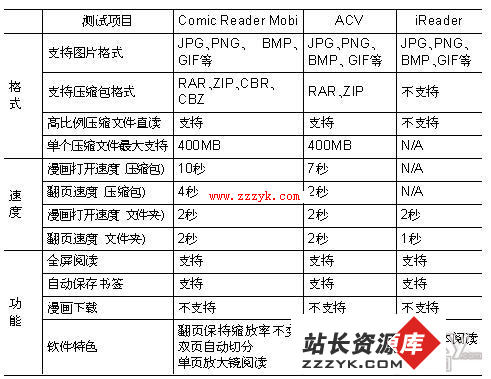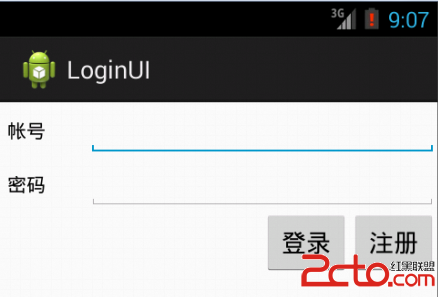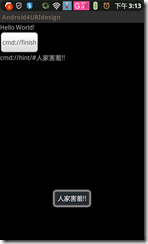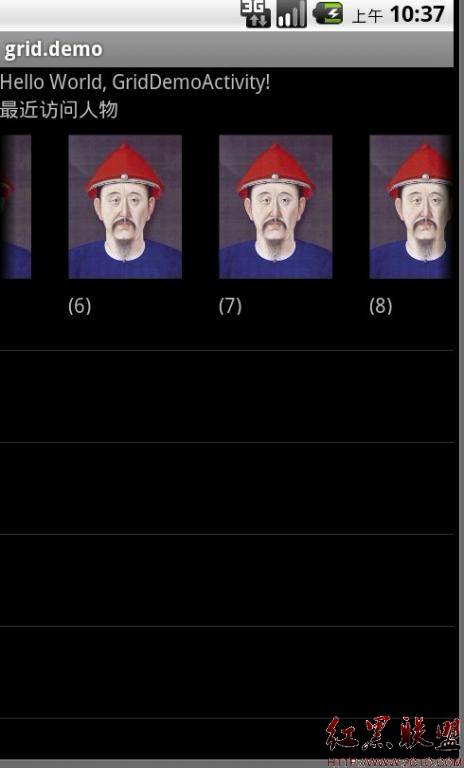Android如何将定制的Launcher成为系统中唯一的Launcher
如果你要定制一个Android系统,你想用你自己的Launcher(Home)作主界面来替换Android自己的Home,而且不希望用户安装的Launcher来替换掉你的Launcher.
我们可以通过修改Framework来实现这样的功能。
这里以Android2.1的源代码为例来实际说明。
1)首先了解一下Android的启动过程。
Android系统的启动先从Zygote开始启动,然后……(中间的过程就不说了)…..一直到了SystemServer(framework)这个地方,看到这段代码:
/**
* This method is called from Zygote to initialize the system. This will cause the native
* services (Su易做图ceFlinger, AudioFlinger, etc..) to be started. After that it will call back
* up into init2() to start the Android services.
*/
native public static void init1(String[] args);
public static void main(String[] args) {
if (SamplingProfilerIntegration.isEnabled()) {
SamplingProfilerIntegration.start();
timer = new Timer();
timer.schedule(new TimerTask() {
@Override
public void run() {
SamplingProfilerIntegration.writeSnapshot(“system_server”);
}
}, SNAPSHOT_INTERVAL, SNAPSHOT_INTERVAL);
}
// The system server has to run all of the time, so it needs to be
// as efficient as possible with its memory usage.
VMRuntime.getRuntime().setTargetHeapUtilization(0.8f);
System.loadLibrary(“android_servers”);
init1(args);
}
public static final void init2() {
Log.i(TAG, “Entered the Android system server!”);
Thread thr = new ServerThread();
thr.setName(“android.server.ServerThread”);
thr.start();
}
}
从SystemServer的main函数开始启动各种服务。
首先启动init1,然后启动init2.
从上面的注释可以看到:init1这个方法时被Zygote调用来初始化系统的,init1会启动native的服务如Su易做图ceFlinger,AudioFlinger等等,这些工作做完以后会回调init2来启动Android的service。
这里我们主要来关注init2的过程。
init2中启动ServerThread线程,
ServerThread中启动了一系列的服务,比如这些:
ActivityManagerService
EntropyService
PowerManagerService
TelephonyRegistry
PackageManagerService
AccountManagerService
BatteryService
HardwareService
Watchdog
SensorService
BluetoothService
StatusBarService
ClipboardService
InputMethodManagerService
NetStatService
ConnectivityService
AccessibilityManagerService
NotificationManagerService
MountService
DeviceStorageMonitorService
LocationManagerService
SearchManagerService
FallbackCheckinService
Wall易做图ManagerService
AudioService
BackupManagerService
AppWidgetService
这些大大小小的服务起来以后,开始
((ActivityManagerService)ActivityManagerNative.getDefault()).systemReady()
在systemReady后开始开始启动Launcher。
在寻找Launcher的时候是根据HOME的filter(在Manifest中定义的<category android:name=”android.intent.category.HOME” />)来过滤。
然后根据filter出来的HOME来启动,如果只有一个HOME,则启动这个HOME,如果用户自己装了HOME,那就会弹出来一个列表供用户选择。
我们现在希望从这里弹出我们自己定制的Launcher,同时也不希望弹出选择HOME的界面,我们不希望用户修改我们的home,比如我们的home上放了好多广告,以及强制安装的程序,不希望用户把它干掉。
我们可以通过这样来实现:
2) 定义一个私有的filter选项,然后用这个选项来过滤HOME.
一般情况下我们使用Manifest中定义的<category android:name=”android.intent.category.HOME”来过滤的,我们现在增加一个私有的HOME_FIRST过滤。
在Intent.java(frameworks/base/core/java/android/content/Intent.java)中添加两行代码
//lixinso:添加CATEGORY_HOME_FIRST
@SdkConstant(SdkConstantType.INTENT_CATEGORY)
public static final String CATEGORY_HOME_FIRST = “android.intent.category.HOME_FIRST”;
3)修改和CATEGORY_HOME相关的所有的地方,都改成HOME_FIRST,主要是framework中的这几个地方:
frameworks/base/services/java/com/android/server/am/ActivityManagerService.java中
//intent.addCategory(Intent.CATEGORY_HOME);
改成intent.addCategory(Intent.CATEGORY_HOME_FIRST); //lixinso:
//if (r.intent.hasCategory(Intent.CATEGORY_HOME)) {
改成if (r.intent.hasCategory(Intent.CATEGORY_HOME_FIRST)) { //lixinso: Intent.CATEGORY_HOME -> Intent.CATEGORY_HOME_FIRST
frameworks/base/services/java/com/android/server/am/HistoryRecorder.java中
// _intent.hasCategory(Intent.CATEGORY_HOME) &&
改成 _intent.hasCategory(Intent.CATEGORY_HOME_FIRST) && //lixinso: Intent.CATEGORY_HOME->Intent.CATEGORY_HOME_FIRST
frameworks/policies/base/mid/com/android/internal/policy/impl/MidWindowManager.java中
//mHomeIntent.addCategory(Intent.CATEGORY_HOME);
改成 mHomeIntent.addCategory(Intent.CATEGORY_HOME_FIRST); //lixinso
frameworks/policies/base/mid/com/android/internal/policy/impl/RecentApplicationsDialog.java中
//new Intent(Intent.ACTION_MAIN).addCategory(Intent.CATEGORY_HOME),0);
改成 new Intent(Intent.ACTION_MAIN).addCategory(Intent.CATEGORY_HOME_FIRST),0); //lixinso
frameworks/policies/base/phone/com/android/internal/policy/impl/PhoneWindowManager.java中
//mHomeIntent.addCategory(Intent.CATEGORY_HOME);
改成 mHomeIntent.addCategory(Intent.CATEGORY_HOME_FIRST); //lixinso
frameworks/policies/base/phone/com/android/internal/policy/impl/RecentApplicationsDialog.java中
//ResolveInfo homeInfo = pm.resolveActivity(new Intent(Intent.ACTION_MAIN).addCategory(Intent.CATEGORY_HOME),0);
改成 ResolveInfo homeInfo = pm.resolveActivity(new Intent(Intent.ACTION_MAIN).addCategory(Intent.CATEGORY_HOME_FIRST),0); //lixinso
4) 写一个自己的Launcher.
可以参考android sample中的Launcher,或者android源代码中的 /packages/apps/Launcher 来写。
在Launcher中标记其是不是Launcher的最关键的代码时Manifest中的filter:android:name=”android.intent.category.HOME”
现在我们定义了自己的filter,那么,我们在我们自己写的Launcher中将Manifest改为:
<application android:process=”android.process.acore3″ android:icon=&rdquo
补充:移动开发 , Android ,




